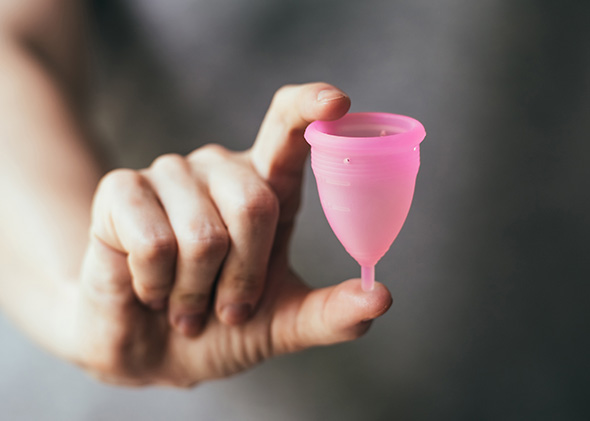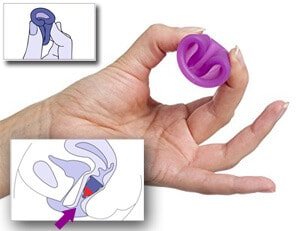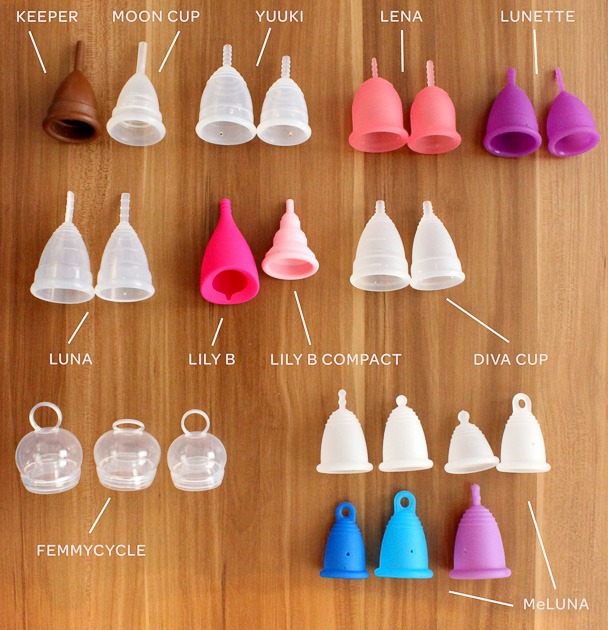Menstrual cups tell us that menstrual products have undergone such a sea change. Earliest was perhaps the cloth rag made of cotton or hemp which was used to help absorb the period flow. Its mention is found in a 10th-century relic. Later on, around 1888, sanitary towels and napkins were manufactured by Southall and Johnson & Johnson. These sanitary napkins were made of thick layers of cotton wrapped in cotton gauge. They were thick rectangular cotton bricks. Most of them came with long ends of the gauge which had to be tied around the abdomen with the help of a thread.
Somewhere around the 1990s Kimberly Clarke came up with the first design of thin sanitary napkins. The thickness was reduced by replacing ordinary cotton with rayon, viscose and cellulose wood fluff pulp. Rayon and viscose had high absorption capabilities because of their thick absorbent fibers. Credit goes to whisper for introducing sanitary napkins with adhesive which can be stuck to the panty line. Whisper is also accredited for launching Whisper with wings a.k.a. the famous “WWW”.
While these were convenient, they were not hygienic after a certain number of hours. Also the modern day sanitary napkins are not biodegradable, making them an environmental hazard. As a solution to the ongoing issue around sanitary napkins an innovative product was launched few years ago called menstrual cups.
“Not having access to sanitary napkins made girls miss approximately 50 school days a year. And, about 23% drop out of education completely due to menstruation in India.”
What are menstrual cups?
A menstrual cup is modern day solution to menstrual hygiene. Menstrual cups are more hygienic and safer than tampons or sanitary napkins. This cup is made of silicon and is the size of a shot glass. Since it is made of silicon, it is foldable. You fold it and insert it into your vagina and it opens up inside. The idea is that it collects your blood as and when you bleed. Don’t worry, you don’t need to remove it to pee because you urinate from a different place, called the urethra.
Menstrual cups have a stem at the end which is essentially made to help you pull it out. If you feel that it is too long for you, you can measure the position of your cervix and accordingly buy a new cup. Women who have high cervix need a longer cup and vice versa the women with lower cervix need a small length cup.

How is it safer?
First off, menstrual cups are biodegradable. So far, sanitary napkins have not been friendly to the environment due to the plastic and chemicals in them. Menstrual cups are made of silicon which is a very body-friendly material and is used for many implants. Pads and tampons often cause rashes and bacterial infections. This can be avoided because, with the menstrual cup, you just need to empty the cup. It’s very convenient. Thirdly, it is more hygienic because the period blood is not interacting with bleach and other chemicals used in the pad, creating a foul smell and other reactions. Menstrual cups are cleaner with less chance of soiling clothes.
How should I use and clean it?
Unlike tampons and pads, menstrual cups don’t need to be removed and cleaned as often. You can empty its contents once in four to six hours depending on your flow. Before and after your periods, you can sanitize the cup or boil it. However, the upkeep of the cup depends largely on manufacturing instructions. Some products don’t do well if you boil them. So, always read the instructions on the packets. To clean it, simply remove, put the contents in the commode, rinse and insert it back.

How often do I need to buy one?
This would again depend on the manufacturer. Some suggest that you should buy annually, some others suggest that one cup can last for seven years. Depend on your flow and habits, it might be useful to have a spare one around, just in case.
Is it really that great for cost and convenience?
You don’t need to be as worried about staining and overflowing as you would, with a pad. There’s next to no chance of leakage once you know how to wear it properly. Some women have expressed that menstrual cups have given them to bathe freely and dress as they choose!
As for the cost, the average cost of a cup is between Rs. 1000 to Rs. 1500. Even if it lasts for only a year, it would cost much lesser than monthly supplies of pads and tampons. However, a hidden cost with menstrual cups is that you may need to buy a few brands and sizes before you find the right fit for you.
Having said that, menstrual cups do not generate as much as waste as other menstrual products and are great for the environment.

I’m in! How do I choose the right one?
If you’ve decided to go for menstrual cups, congratulations! You can choose the leading international brand Diva, or the Indian brand SheCup – which is an NGO and could use the proceeds you pay them. The only hurdle most women have after hearing all this information – is about insertion. The general mentality makes us cringe from entering anything into our vagina as it would break the hymen. But, this is definitely safer and more convenient according to lots of women who use them. If you feel so as well, then perhaps you can jump the final hurdle too.
Way To Bring Women Employees Into The Boardroom
Comments
Powered by Facebook Comments
